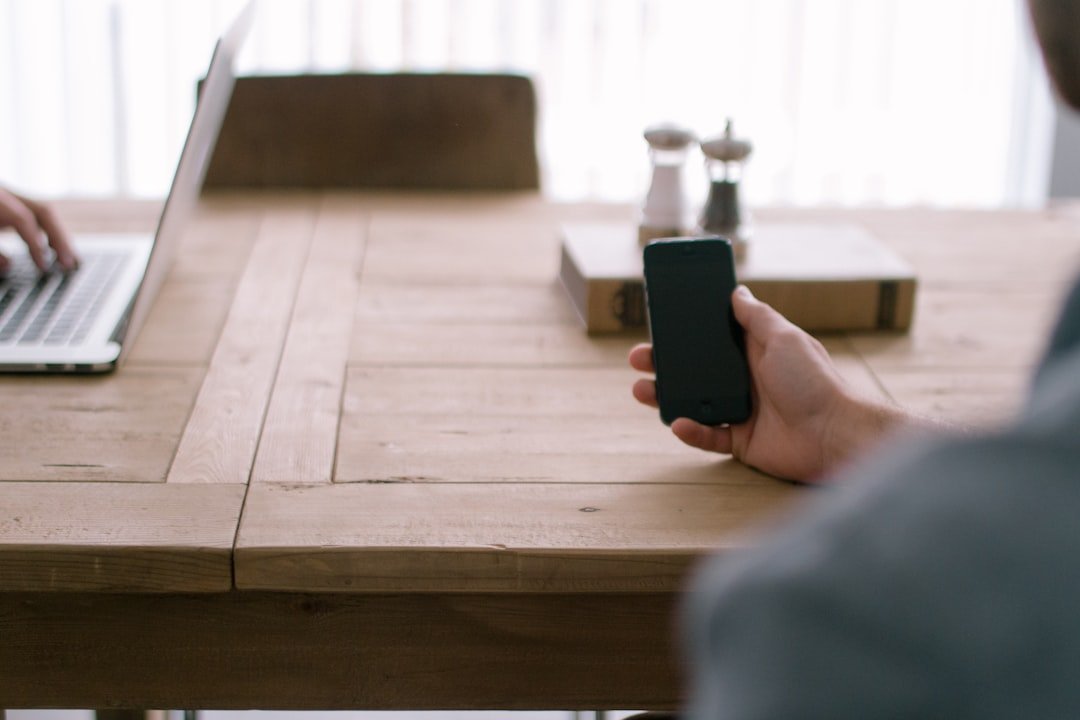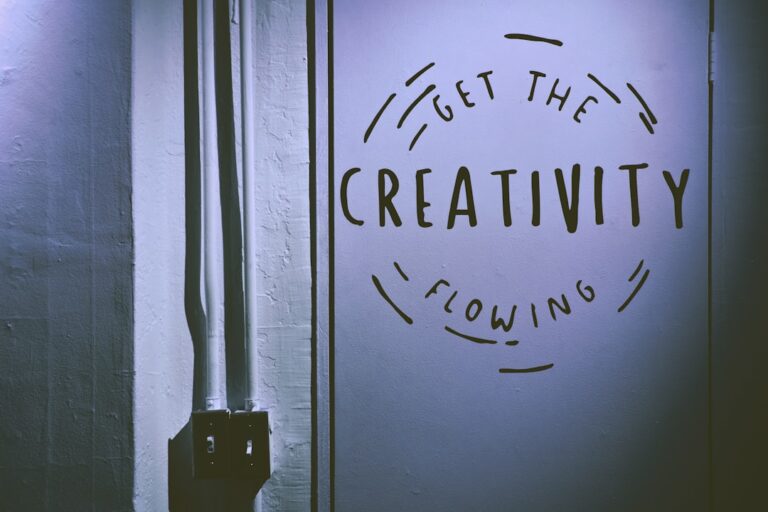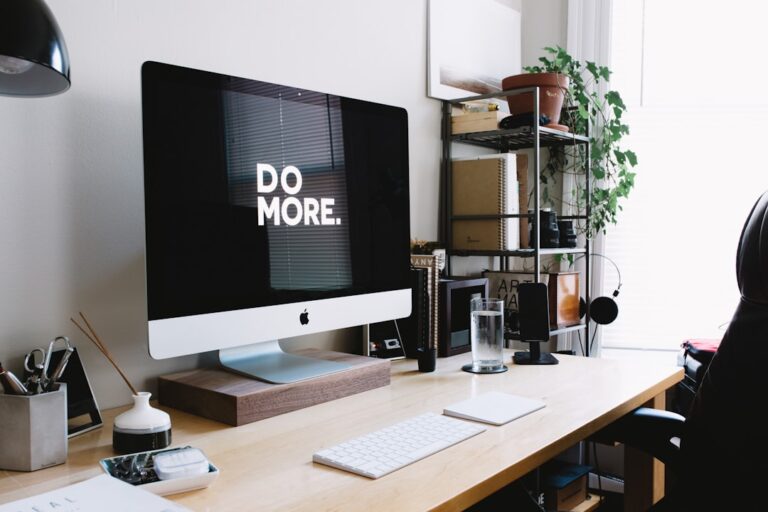
Ever felt like your brain just decided to take an unscheduled vacation right when you needed a brilliant idea? Yeah me too. It’s that frustrating moment when you’re staring at a problem or a blank page and the good ideas just aren’t flowing. We all hit those creative walls sometimes whether we're trying to solve a work challenge plan a personal project or even figure out what to make for dinner!
But here's the good news: brainstorming isn't some magical talent only a few possess. It's a skill you can learn and improve. It’s about creating the right conditions for your mind to connect the dots in new ways. I’ve found that whether I was trying to come up with strategies to overcome unhealthy habits or finding ways to make my work more effective having a toolkit of approaches makes all the difference.
So let's explore some practical strategies to get those creative gears turning. These aren't rigid rules but rather a collection of tools. Try them out see what clicks for you and adapt them to your own style.
Getting Your Brainstorm Started
Think of the initial phase of brainstorming like preparing for a journey. A little setup can make the whole trip smoother and more productive. Here are the first few steps to get you on your way:
-
Define Your Purpose Clearly: What exactly are you trying to achieve? Are you looking for a solution to a specific problem? Trying to generate ideas for a new project? The clearer your question or goal the more focused your brainstorming will be. Vague questions lead to vague ideas. Make it specific.
-
Change Your Scenery: Seriously sometimes a change of environment is all it takes. If you always brainstorm at your desk try the kitchen table a coffee shop or even go for a walk. I often find my best thoughts come when I’m away from my usual workspace moving my body. A different view can offer a different perspective.
-
Set a Timer: This might sound counterintuitive to creativity but a gentle time limit can actually boost focus. When I adopted short bursts of deep work say 25-45 minutes for my daily tasks I noticed my productivity soared. The same applies to brainstorming. Knowing you only have a set amount of time can stop you from overthinking and encourage a faster flow of ideas.
Unleashing the Idea Flood
Once you're set up the goal is to get as many ideas out as possible without judgment.
-
Go for Quantity First: Don't worry about quality at this stage. Just get ideas down. The more ideas you generate the higher the chance of finding a gem. Aim for a long list.
-
No Bad Ideas (Initially): This is crucial. Create a judgment-free zone. Every idea is welcome no matter how silly or outlandish it might seem at first. Sometimes the wildest ideas contain a seed of brilliance or spark another better idea. You can filter and evaluate later.
-
Write Everything Down: Ideas are slippery. Keep a notebook pen or a digital document handy. Jot down every thought. Don't trust your memory. Even a fragment of an idea can be useful.
-
Try Freewriting: Set your timer for 5-10 minutes and just write continuously about your topic or question. Don’t stop to edit or think too much. Just let the words flow. You might be surprised by what emerges.
-
Use Visuals: Not everyone thinks best in lists. Try mind mapping. Start with the central topic and branch out with related ideas. Use colors drawings or sticky notes. Visualizing connections can unlock new pathways.
Thinking Differently
Sometimes you need to shake up your usual thought patterns.
-
Work Backwards: Start with your ideal outcome. What does success look like? Then work your way backward identifying the steps needed to get there. This can highlight steps or ideas you might have missed.
-
Break Big Problems Down: If the problem feels overwhelming break it into smaller more manageable pieces. Brainstorm solutions for each small piece. This is how I tackled losing over 110 pounds. The big goal was daunting but focusing on small daily ideas like "swap soda for water" or "walk for 10 minutes" made it achievable. Small ideas add up to big results.
-
Ask "What If?": This is a powerful question. What if money was no object? What if we had only one week? What if we had to do it with existing resources only? These hypothetical scenarios can force you to think outside your usual constraints.
-
Borrow Ideas (Ethically): Look at how others have solved similar problems in different fields. What can you learn and adapt? Don't copy directly but seek inspiration. History and other industries are full of clever solutions.
-
Think Like Someone Else (Role-Storming): How would a child approach this problem? What would your wisest mentor suggest? How would a complete beginner see it? Stepping into another persona can free you from your own biases.
-
Take Strategic Breaks: If you hit a wall don't force it. Step away. Take a short walk get a drink of water or do something completely unrelated. Your subconscious mind will often keep working on the problem and you might come back with fresh insights.
Group Dynamics and Refinement
If you're brainstorming with others or even just reviewing your own ideas.
-
Brainstorm Solo Then Share: For group sessions sometimes it's effective for everyone to generate ideas individually first. This prevents groupthink and ensures quieter voices are heard. Then come together to share and build on those initial ideas.
-
Build on Other Ideas: Practice the "Yes and…" principle. Instead of shooting down an idea ("Yes but that won't work because…") try to build on it ("Yes and we could also consider…"). This fosters a more positive and collaborative environment.
-
Use Constraints as Catalysts: Sometimes having limitations can spark more creativity than having none. If you’re stuck try adding a constraint. For example "How could we do this with no budget?" or "How could we achieve this using only X Y and Z?"
-
The "Worst Possible Idea" Game: This can be a fun way to loosen up and break through creative blocks. Ask "What's the absolute worst way to solve this problem?" Sometimes listing terrible ideas can unexpectedly lead to good ones by highlighting what not to do or by flipping a bad idea on its head.
-
Talk it Out: Sometimes simply articulating the problem and your half-baked ideas to someone else can bring clarity. The act of explaining can help you see things in a new light. Choose a good listener who won't immediately jump in with their own solutions unless you ask.
-
Review and Refine Later: Once the idea flood subsides take a break. Then come back with a more critical eye. Group similar ideas. Evaluate them based on your initial goal. Which ones are most promising feasible or innovative? This is where you start to narrow down your options.
Finding Your Flow
Remember not every strategy will work for every person or every situation. The key is to experiment. Try a few of these see what feels natural and effective for you. Sometimes the most unconventional approach yields the most brilliant results.
I've found that when I'm truly stuck sometimes stepping away and finding a quiet moment for prayer helps clear the mental clutter. It’s in those moments of stillness that new perspectives can emerge almost unexpectedly. It's about finding what helps you connect to that deeper sense of clarity and inspiration.
So what's one new brainstorming strategy you're willing to try this week? Pick one give it a go and see what new ideas you can unlock. You might just surprise yourself.





